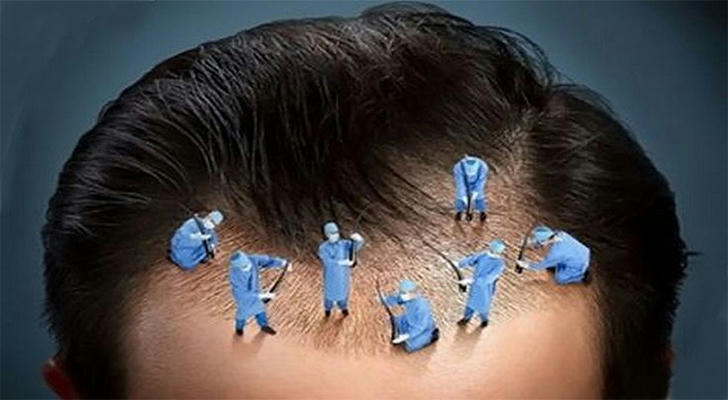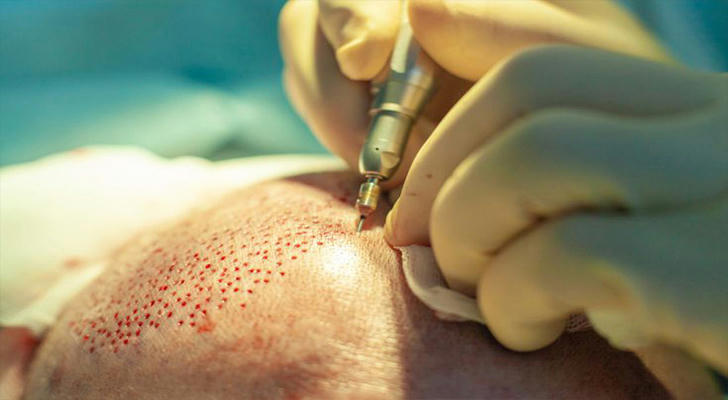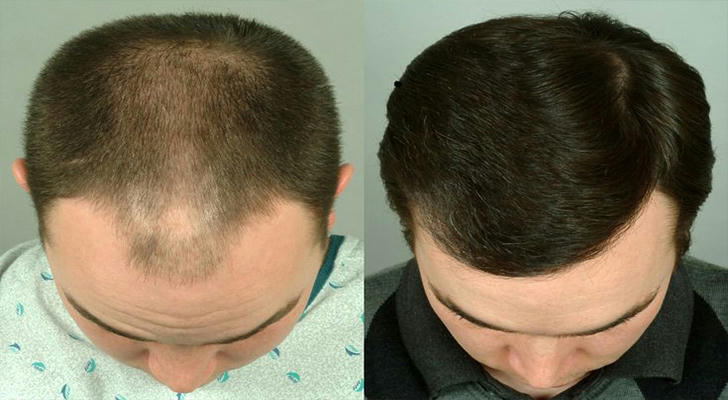Common Misconceptions About Hair Transplantation:Five Myths You Should Know

As modern society places increasing emphasis on personal image and self-confidence, more people are choosing hair transplant surgery to address hair loss. Whether they are young professionals or fashion enthusiasts, hair transplants have become an important way to enhance one’s appearance. However, despite the growing sophistication of hair transplant techniques, many misconceptions still persist. These misunderstandings not only make people hesitant about undergoing the procedure but can also affect the results and satisfaction with the surgery. This article will reveal the five most common myths about hair transplants, helping you better understand this option for improving your appearance.

I. Five Common Myths About Hair Transplants
1. Hair Transplant Results Are Instantaneous.
Many people mistakenly believe that after a hair transplant, their hair will immediately become thick and healthy. However, hair transplants do not provide visible results in a short time. In fact, the transplanted follicles need time to adapt to their new environment and go through their growth cycles. Typically, patients begin to see new hair growth about three to six months after surgery, but achieving the final results can take one to two years. Therefore, hair transplantation is a cosmetic choice that requires patience and time.
2. Hair Transplants Are Only Suitable for Men.
Although hair loss is more common in men, this does not mean that hair transplants are only suitable for men. Women can also experience hair loss due to various factors, such as postpartum hair loss, genetic predisposition, or hormonal imbalances. Women facing thinning hair or baldness can also benefit from hair transplant surgery to improve hair density. Therefore, hair transplants can be an effective treatment option for both men and women, depending on individual circumstances.
3. Hair Transplants Are a One-Time Solution.
Some believe that a hair transplant can permanently solve all hair loss issues, eliminating the need to worry about thinning hair in the future. While hair transplant surgery can effectively improve existing areas of hair loss, it cannot prevent new hair loss from occurring in the future. Since hair loss is influenced by various factors, including genetics and lifestyle, some patients may need to continue monitoring their hair health and adopt appropriate care measures. In some cases, a second transplant may be necessary.
4. Hair Transplant Surgery Is Very Painful.
When it comes to surgery, many people first think of pain, which can deter them from considering a hair transplant. In reality, modern hair transplant procedures have significantly reduced pain levels thanks to advances in anesthesia techniques. During the surgery, doctors administer local anesthesia, making the procedure virtually painless for the patient. After the surgery, patients may experience slight discomfort, but these symptoms typically subside within a few days. Therefore, the pain associated with hair transplant surgery is manageable, and there is no need for excessive worry.
5. No Post-Surgery Care Is Required After a Hair Transplant.
Many people mistakenly believe that once a hair transplant is completed, the hair will naturally grow without the need for special care. In fact, post-operative care is crucial for the success of the transplant. The first few days after surgery require special attention to avoid touching the transplanted area, preventing infection and damage to the follicles. Doctors usually provide detailed post-operative care guidelines, including how to wash your hair and when you can resume normal activities. Moreover, maintaining a healthy lifestyle and diet can also support the growth of new follicles. Therefore, post-operative care is an essential part of ensuring a successful hair transplant.

II. User Case and Solution
User Case:
Mr. Li, a 35-year-old entrepreneur, began experiencing thinning hair on his forehead and crown due to high work stress and irregular lifestyle habits. To improve his appearance, Mr. Li decided to undergo a hair transplant. After the surgery, he was eager to see a quick restoration of his thick hair. However, several months passed, and he found that the new hair growth was much slower than expected. He also experienced some follicle shedding in the early stages post-surgery. This made Mr. Li anxious, and he began to doubt the success of the surgery.
After in-depth communication with his doctor, Mr. Li learned that the transplanted follicles need time to adapt to their new growth environment, and that the initial shedding phase is a normal physiological process. The doctor explained the growth cycle of the transplant in detail and advised Mr. Li to maintain a healthy lifestyle and nutritious diet, while also scheduling regular follow-up appointments to monitor hair growth. Over time, Mr. Li's new hair gradually grew in, becoming thicker, and he eventually became very satisfied with the results of the surgery.
How to Handle Various Situations:
When considering a hair transplant, patients should maintain realistic expectations and understand the normal recovery timeline. Regular communication with the doctor post-surgery, following the doctor's care instructions, and being patient while waiting for the natural growth of the hair are crucial. The initial shedding phase should be viewed as a normal phenomenon, and there is no need for excessive anxiety. Through proper post-operative care and psychological adjustment, the desired hair transplant results can be achieved.

III. Summary
Hair transplants have become an effective method for addressing hair loss, helping many people regain their confidence and beauty. However, understanding and correcting common misconceptions about hair transplants are crucial. Hair transplantation is not a quick, one-time fix, but rather a cosmetic procedure that requires time, patience, and proper care. By accurately recognizing the role and limitations of hair transplants, and learning from real-life cases, you can make a more informed decision and achieve the desired results.
